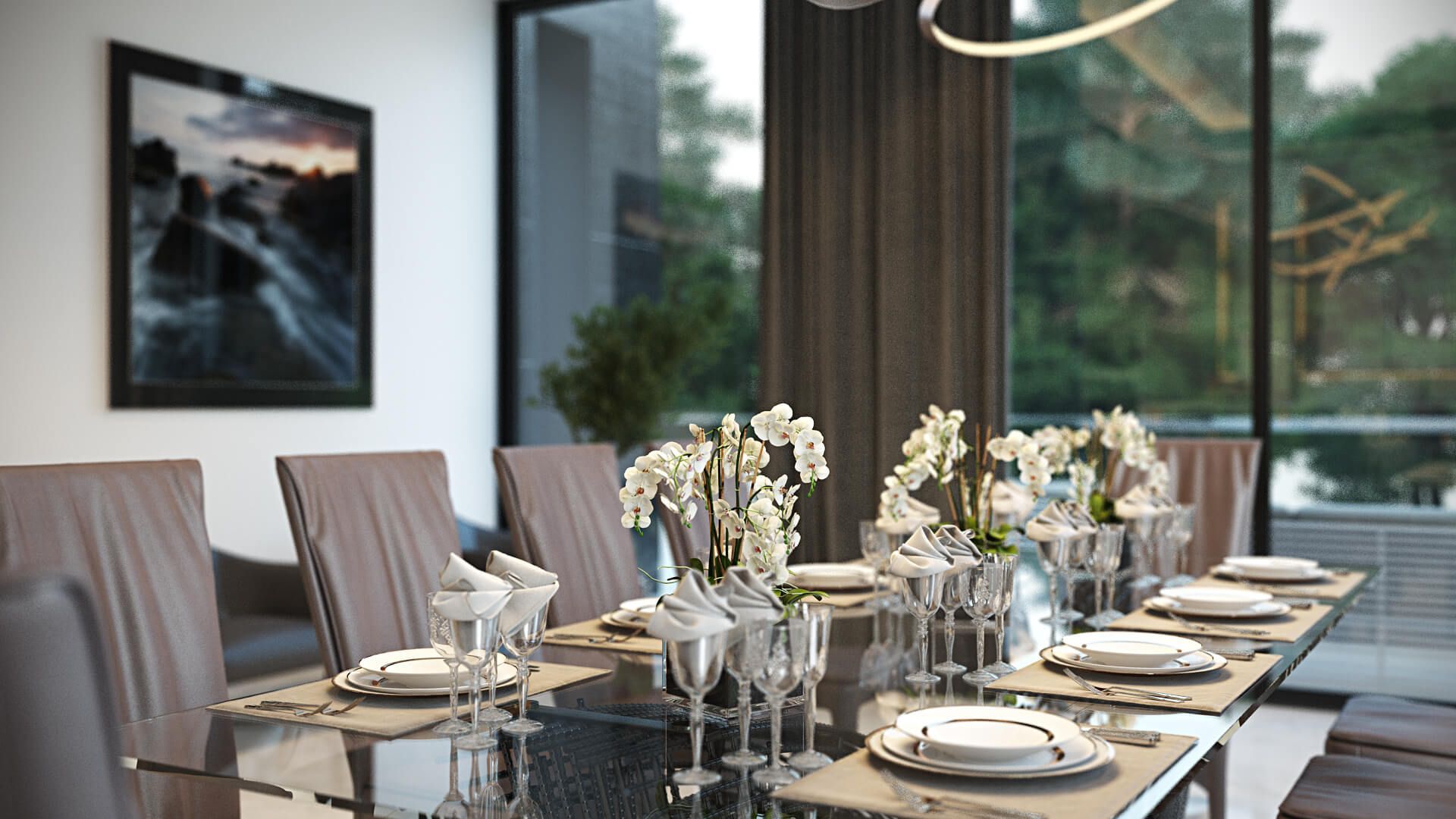Product rendering artist is a new hero on the job marketplace. Their work field is photorealistic rendering; their masterpieces – 3D renders of furniture pieces, exterior and interior designs, etc. Nowadays, Furniture Manufacturers and Marketers turn to them as to the main driving force that makes the product presentation outstanding and competitive.
3D rendering became life-changing primarily due to the economical benefits, such as budget and time reducing it brought to the furniture industry. Bu sinesses had the chance to get rid of cumbersome, complicated processes of products pre-launch preps. These are hiring photographers, renting locations, transporting furniture for photoshootings. Also, they got the opportunity to get their products resonate with customers more closely than ever before. 3D visualization made the goods look more beautiful and engaging so that prospects cannot resist but make them a part of their lifestyle.This, as a result, skyrocketed products sales drastically.
While 3D visualization services are mainstream right now, yet Furniture Manufacturers and Marketers have no clue how to choose a great 3D artist. Moreover, when dealing with an outsource contractor for the first time, it’s not that easy to trust them. And hiring an in-house specialist might not be a way out due to a limited budget of a company. So, how to choose a professional product rendering artist and what skills they must possess to provide satisfying results? Let’s find out.
1. Expert Level Knowledge of 3D Product Rendering

3D objects floating in the air, fisheye effect on renders, blurry textures signal the lack of expertise in the field. A product rendering artist is a bit of everything – they should know modeling, texturing, lighting, camera positioning, rendering, and post production.
To get a perfect 3D render ready to go, skilled 3D artists learn at least several CGI software types. For example, our CGI specialists work with 3ds Max together with Corona Renderer, V-Ray, a little bit of Maya, and other advanced 3D tools. They know the drill perfectly – from building scenes and configuring lighting to adding visual effects in Photoshop. Herewith, they use the techniques to follow the geometry and textures authenticity, composition of the image, and keep an eye on the compliance with the desired specifications.
2. Background in Design or Architecture
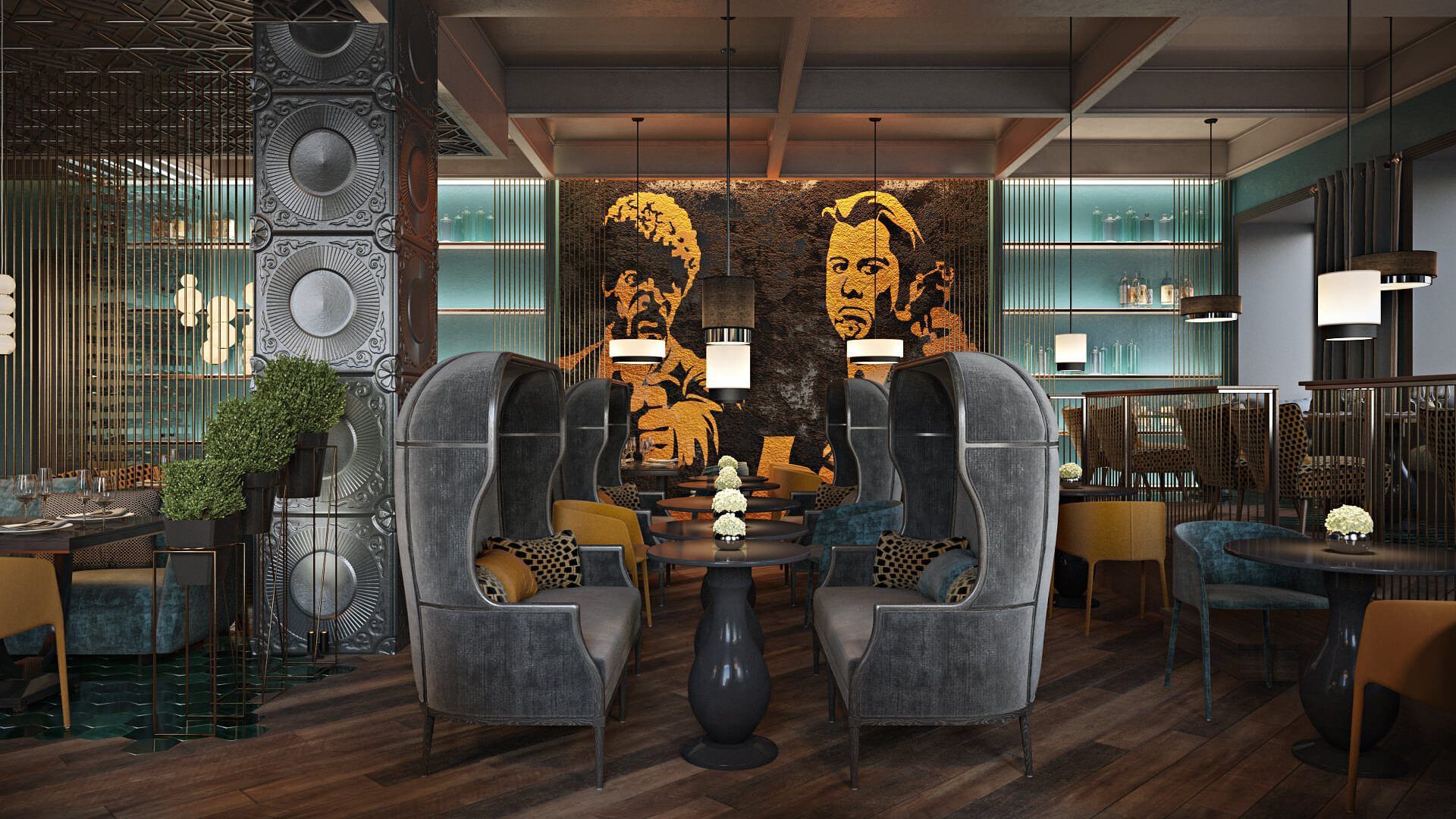
An ideal product rendering artist comes into the realm of 3D rendering with a solid background in design that combine the technical side of it and creativity. They possess a strong grasp of how things work together. For example, to create a perfect kitchen scene, they try multiple interior backgrounds, swipe out objects and materials to customize the interior. All this adds to the photorealism of the final 3D image.
Most of our CGI professionals majored in architecture or design. At an early stage of 3D visualisation, skills in drawing and sculpting help get a clear understanding of the model required as well as adjusting foreshortening and perspectives. While knowledge from architecture domain allows following the geometrical and spatial authenticity, design skills help bring in functionality to a visual presentation.
3. The Basic Knowledge of Post-Production Processing
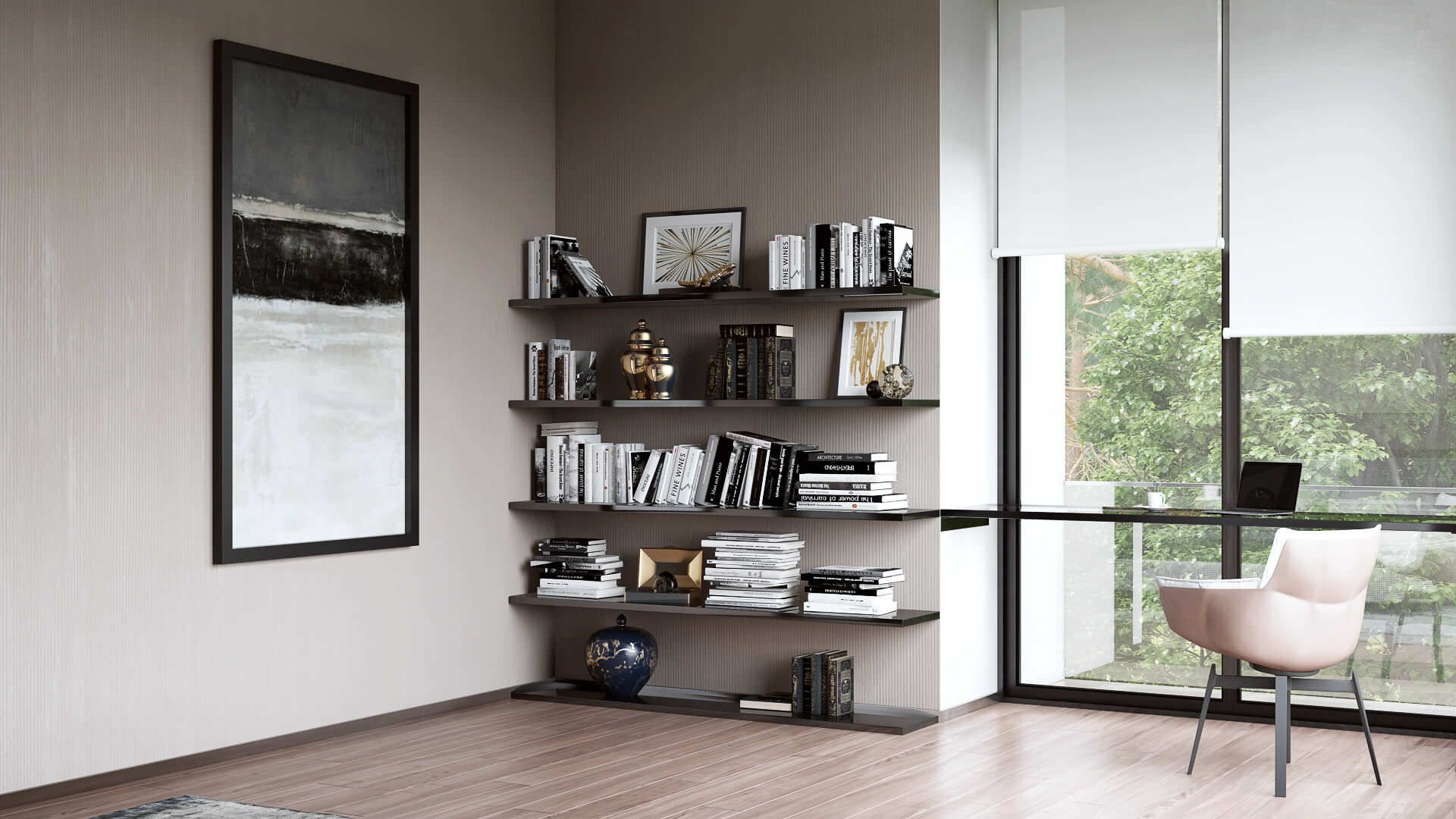
To fine-tune a 3D render, an artist might need to use Photoshop or Illustrator. Photoshop, for intsance, is perfect for the final polishing stage that allows elevating the photorealism of any digital visualization. The latter, afterwards, are ready to be used for web-pages and print materials.
At CGIFURNITURE , 3D specialists combine 2D and 3D skills, which is quite uncommon for giant product rendering studios. Usually, these are two different people working on this. But o ur CGI specialists are proficient at using graphics engine and full-featured editors to polish the final images and help them appear more realistic. They make different tweaks in order to get the product’s illustration to match the manufacturer’s vision. For example, these might be configuring contrasts, tonalities, reflections or even putting 2D people on the background.
4. Strong Artistic Ability
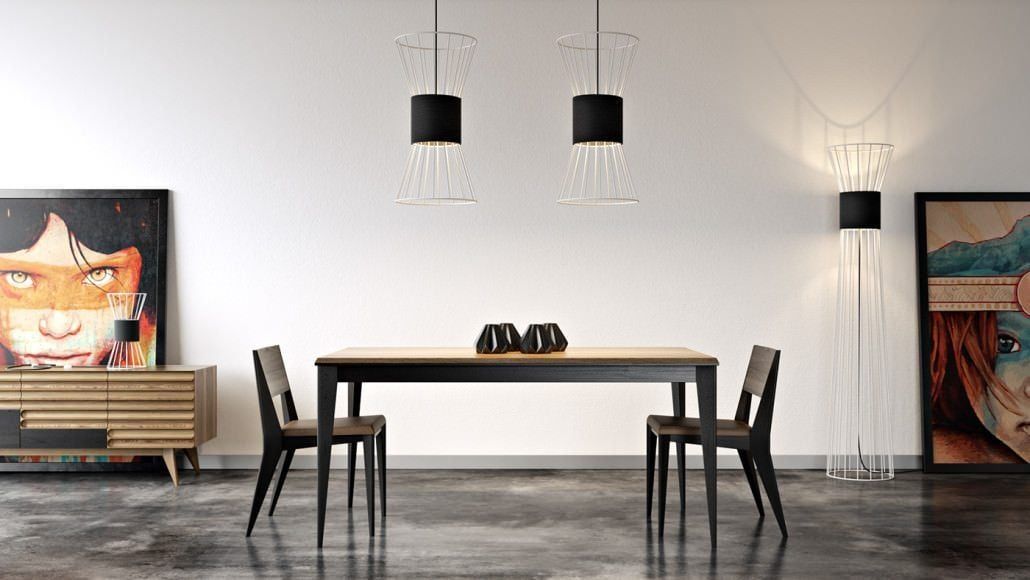
Having a strong artistic ability will be a significant asset in the СV of a 3D rendering artist. They need to understand how shapes, colors, textures, and light work together. Even though CG software offers solutions to blend colors, swap out lighting settings, lend some gloss, the final ‘yes’ always comes from the artist’s meticulous taste. The latter is based on the theory and practice in traditional drawing, sculpting, and photography. The level of creativity is also perfectly readable from the 3D artist’s portfolio.
5. Techno Geeks
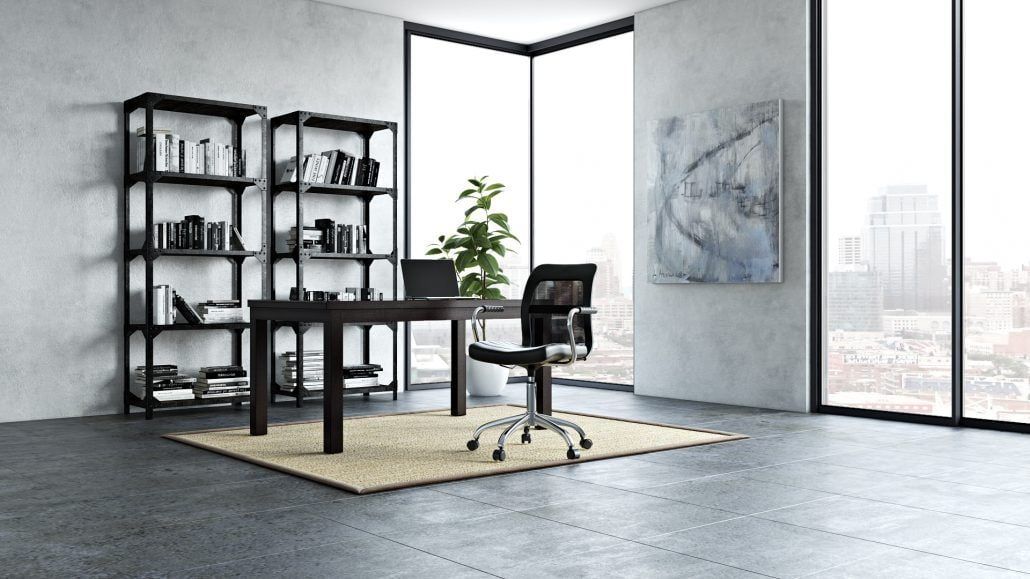
A-class product rendering artists are not just tech-savvy, they are tech-obsessed. For many of them, 3D rendering is where passion meets the personal quest to evolve with the job market. That’s why they keep abreast on the latest 3D software and techniques. Moreover, they do networking to learn from colleagues worldwide.
For example, recently a few specialists from CGIFURNITURE studio have visited Italy and Czech Republic where they’ve been mastering Advanced Adobe Photoshop and Corona Renderer. Such approach toward self-improvement allows offering a wider and diversified scope of product rendering services.
6. Team Players
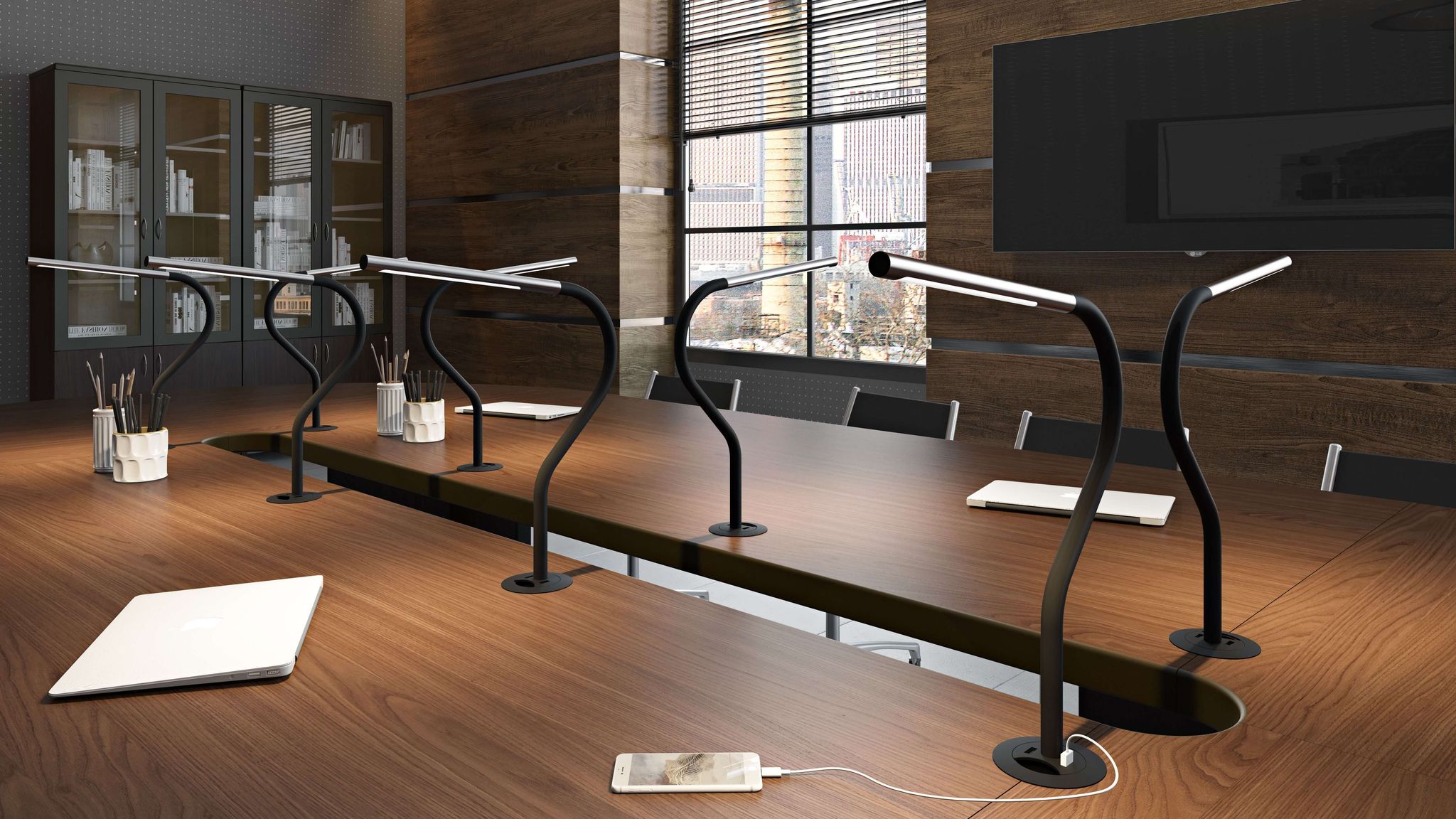
A 3D visualization artist in a CGI studio is not a solo performer. That’s why being a team player is a must. They need to collaborate with other artists, designers, and project managers. A client manager gets an order from the customer, and a project manager runs the process of seeing it to completion. Designers provide ideas on the product’s look and the best possible interiors for it. In all this chain, communication is a basis.
To implement the Manufacturer’s or Marketers’ vision fast and effectively, CGIFURNITURE studio artists are structured into teams dubbed “cells”. Each cell has a mentor who’s in charge of professional training and establishing standards for projects. Every cell’s member knows their contribution and responsibilities and has the right to make independent decisions and offer solutions to ongoing projects.
7. Organizational Skills
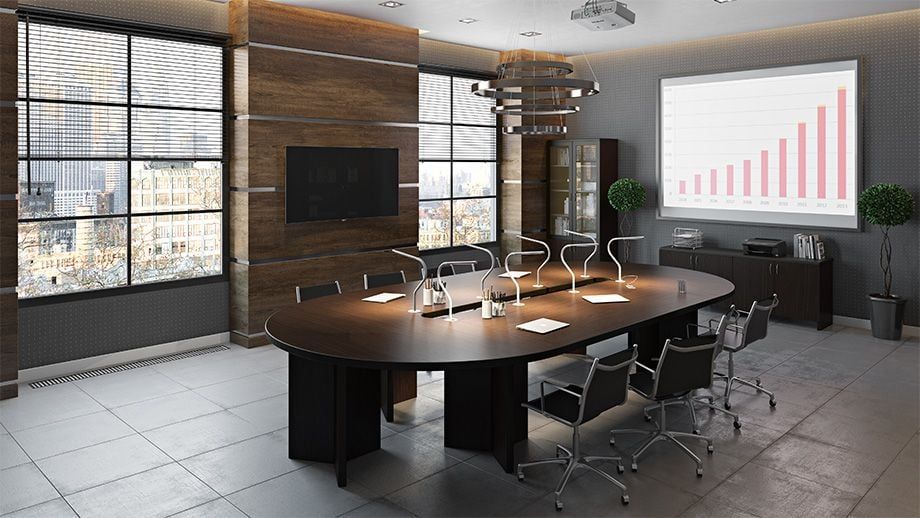
The ability to organize the process as well as self-organization is key in the business. A product rendering artist is obliged to balance time constraints and maintain quality. The work does not just narrow down to working within the schedule and meeting deadlines. It is also about navigating during unpredicted circumstances and herewith sticking to agreed timeframe. CG specialists use the power of system as an integral part of the seamless work within a team.
8. Communicational Skills
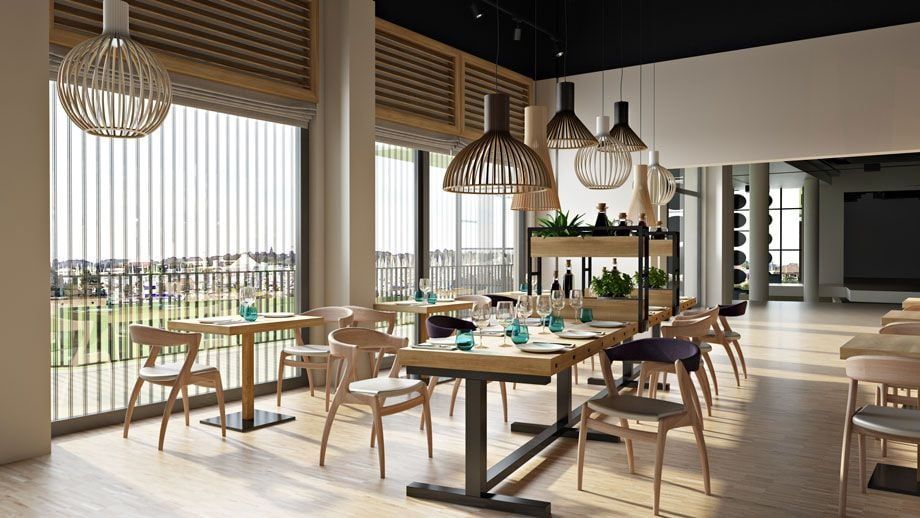
A 3D specialist is often consulted on the full product development lifecycle and storyboards development. Their communicational skills are needed during one-on-one and group interactions within a team as well as during the negotiations with the prospects on potential common project. 3D professionals also must assist the executive manager for concept pitches with new clients. They help understand what the Manufacturer wants, clarify the details, agree on real deadlines, and prove the studio’s abilities to produce required 3D renders.
9. Commercial Awareness
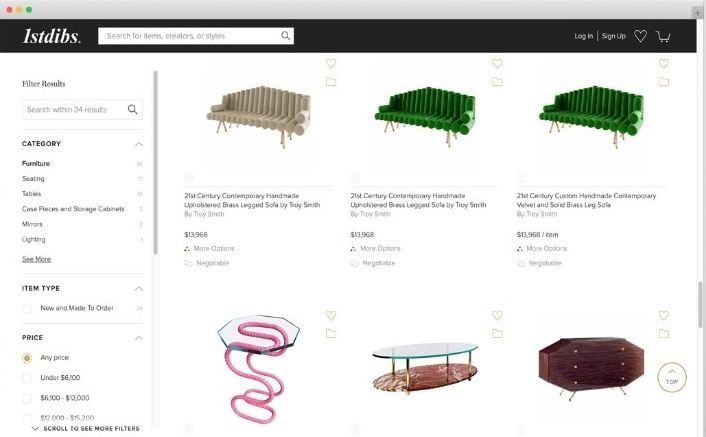
Commercial or business awareness is a crucial aspect of any professional skillset. Knowing the industry a product rendering artist works in helps connect with the target clientele and secure economically advantageous projects.
At CGIFUNRITURE, 3D professionals follow the trends in design, furniture production, digital graphics and implement these novelties into projects. This way, new visual materials become more and more in demand on the market. Besides, there is a Marketing Department in our studio, which is designed to explore the industry constantly and make a regular market research. Based on its data, 3D artists can offer competitive 3D solutions that let Furniture Manufacturers stand out in the crowd.
10. Problem-Solving Skills

Over the course of the project, there might happen hitches along the line. So, when 3D rendering-related problem arises, a product rendering artist needs to be flexible and resilient to resolve it quickly and properly. They deal with risk management and need to make timely decisions. Either way, suggesting an alternative solution is an important skill here as well.
On top of that, CGI professionals know how to handle conflicts within a team or misunderstanding with a client. To avoid any of them, there are a reliable system of communication and corporate conduct implemented throughout the company.
Therefore, a product rendering artist is carrier of great professional expertise in the field, personal characteristics and the strive to learn new skills and software. They are solution-oriented and strive to meet the client’s needs to the fullest. 3D specialists are game-changers in the business of products presentation and an anchor of any successful rendering studio. That’s why finding the right representative of this profession is pivotal.
Want to entrust your project to a professional architectural visualization company with high-quality 3d modeling services? Reach out to CGIFUNRITURE and get top-notch photorealistic renders to pack a punch in your business.
